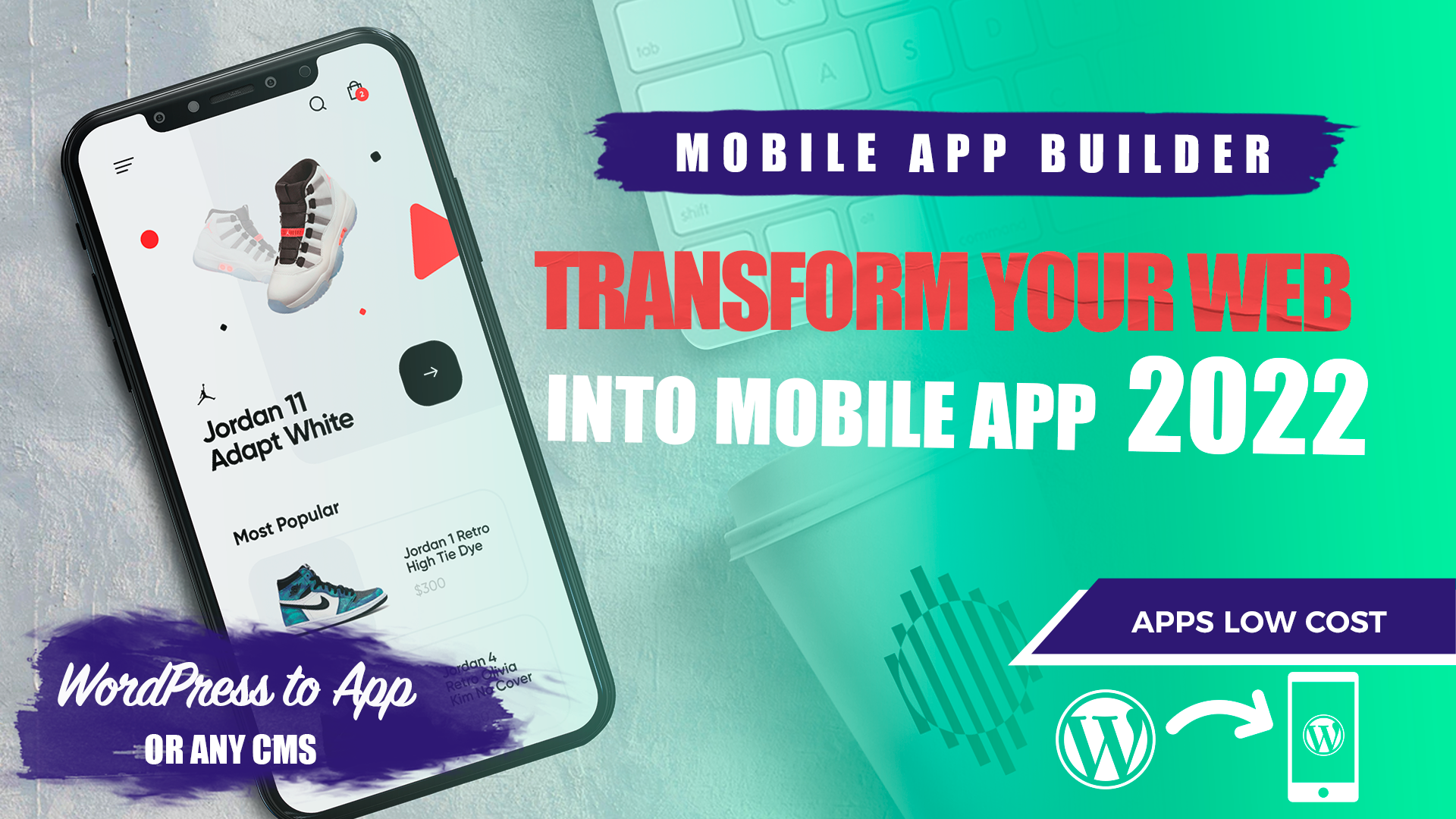
With software like Adobe XD, Adobe CC, Sketch, and Figma all offering different solutions for designers to create digital content and user experiences, it can be challenging to determine which tools are most useful in a given scenario. However, with this increased competition comes new opportunities that help improve the design process as a whole. A recent acquisition by Adobe further highlights how important user experience (UX) and design have become across technology companies. In September 2018, Adobe acquired Figma, a collaborative design tool originally built for engineers. This article breaks down what this deal means for the future of designing digitally and the impact it will have on other players in the industry.
Why Figma Was an Acquiring Target
The most obvious reason a company would be an acquiring target is if its product is in high demand from potential customers. This could be because of a number of factors including the pricing of the product, the ease of use of the product, and the functionality provided by the product. When looking at Figma’s potential acquisition, there are a few key reasons why this design tool was an appealing product to own. The first is that the product has a large customer base with over 100,000 customers including the likes of Netflix, Tesla, and Sony. This large customer base helps illustrate the demand for the product and could have been one of the first factors that triggered Figma to be acquired. The second reason Figma was an appealing acquisition target is that it provides a design tool focused on a collaborative design workflow. The acquisition of Figma by Adobe provides a window into the importance of design and how it is becoming an integral part of the software development process (SDP). In addition, the importance of collaboration in design and SDP has become a focal point for many technology companies.
Adobe’s Acquisition of Figma
Figma is a collaborative design tool that has become a popular solution for engineers and designers to design and create visual content. Engineers and designers can create designs that can be shared with others and subsequently updated in real time as the design progresses. Figma has been available as a web-based software tool since 2016 and has since become integrated with over 400 apps and tools including tools like Jira, Trello, and Google Docs. This integration with other tools has helped facilitate design workflows between different departments and even different companies. As of September 2018, Adobe acquired Figma, a collaborative design tool originally built for engineers. With this acquisition, Adobe has brought Figma’s services into its Creative Cloud (CC) platform and has given engineers and designers a tool to create and design alongside each other. Figma’s tools are now fully integrated into the Adobe CC platform and can be used within the other applications within the platform including Adobe XD, Adobe Story, and Adobe Stock. With the integration of Figma into the CC platform, users can create visuals, share designs with others, and view changes as they happen all in one place.
What This Means for the Future of Designing
The acquisition of Figma by Adobe has several implications for the future of designing digitally. First, it highlights the importance of visual design and creating a great user experience as part of the overall software development process. When designing with Figma and other visual design tools, engineers and designers can create more realistic previews of what they will eventually produce in code. This can help engineers and designers create a more refined and accurate product that is best presented to customers through an intuitive user interface. The next implication for designing for the future is that this acquisition highlights the importance of collaboration among designers and engineers. The ability to create, design, and share visual content all within one platform will help streamline the design process and further improve the overall user experience.
Adobe Mergers and Acquisitions
As of 2018, Adobe has acquired more than 35 companies since its inception in 1982. This is indicative of a larger trend of technology companies acquiring competitors to help expand their existing product offerings. One of the most notable acquisitions by Adobe was the deal to acquire the software company Macromedia in 2005. This acquisition brought software like Flash, Dreamweaver, and Fireworks into the Adobe portfolio. However, not all acquisitions have been successful. In 2013, Adobe acquired the online marketing and digital advertising company Omniture for $4.4 billion. In 2017, Adobe wrote off $934 million from this acquisition and shut down the digital marketing business. What this highlights is that acquisitions are a risky business and don’t always pan out the way a company hopes. However, when done right, acquisitions can help grow a business by acquiring new customers and expanding into new markets.
The Bottom Line
The acquisition of Figma by Adobe has several implications for the future of designing digitally. The first is that this acquisition highlights the importance of visual design and creating a great user experience as part of the overall software development process. With this acquisition, engineers and designers will have a tool to create and design alongside each other and share visual content. The ability to create, design, and share visual content all within one platform will help streamline the design process and further improve the overall user experience. Ultimately, this acquisition further highlights the importance of user experience and design in the technology industry. This acquisition provides a glimpse into the importance of design and how it is becoming an integral part of the software development process.



















